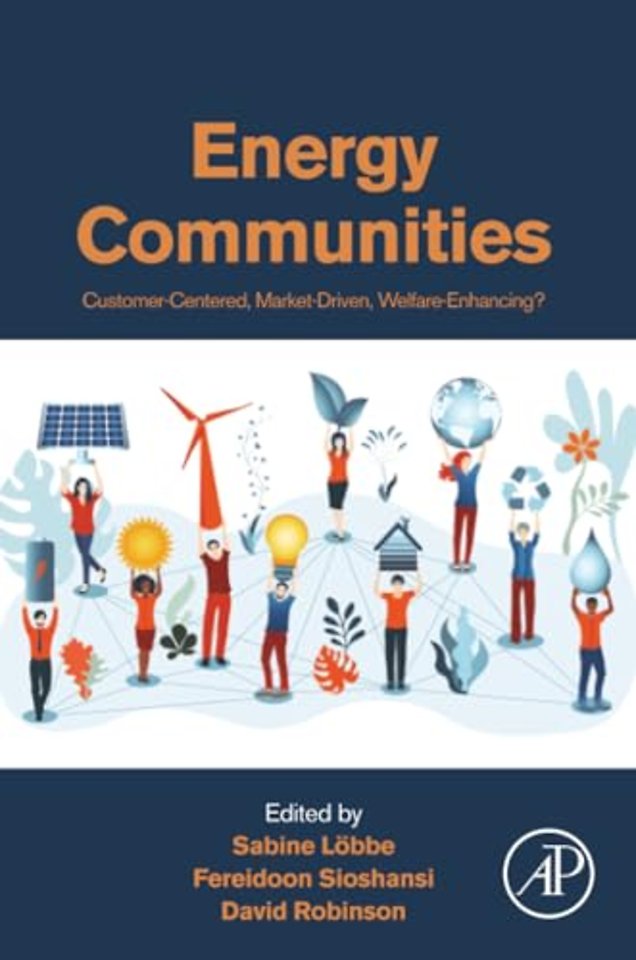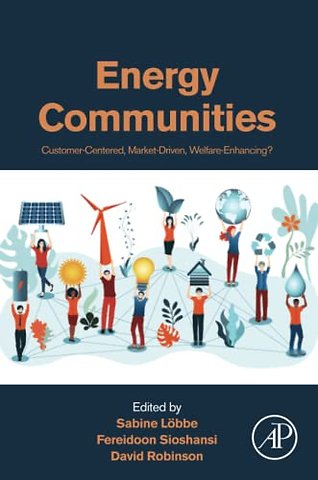<p>Part 1: The Concept of Energy Communities and Their Regulatory Framework<br>1. A taxonomy of energy communities in liberalized energy systems<br>2. The EU policy framework for energy communities<br>3. Energy communities: A US regulatory perspective<br>4. Developing a legal framework for energy communities beyond energy law<br>5. Alignment of energy community incentives with electricity system benefits in Spain<br>6. The “virtual model for collective self-consumption in Italy<br>7. Energy Communities: A North American Perspective<br>8. Energy Communities: Challenges for Regulators and Policymakers</p> <p>Part 2: The Appeal of Energy Communities to Customers and Citizens<br>9. What motivates private households to participate in energy communities? A literature review and German case study<br>10. Community energy initiatives as a space for emerging new imaginaries?<br>11. The construction of a citizen-centered ecosystem for renewable energies in France<br>12. Energy communities’ social role in a just energy transition</p> <p>Part 3: Enabling Technologies, Community Design, and Business Models<br>13. The path to energy communities via local energy management and digital customer care<br>14. Governing energy communities: The role of actors and expertise in business model innovation<br>15. Grid-friendly clean energy communities and induced intra-community cash flows through peer-to-peer trading<br>16. Italian Energy Communities from a DSO’s Perspective<br>17. Community energy design models in Brazil: From niches to mainstream<br>18. Institutional and policy context of energy communities in France and Italy: How to increase the welfare-enhancing capacity of the sector<br>19. The digitalization of peer-to-peer electricity trading in energy communities</p> <p>Part 4: Case Studies and Implementation<br>20. Enabling Business Models and Grid Stability: Case Studies from Germany<br>21. Energy communities in Europe: A review of the Danish and German experiences<br>22. Platform-based energy communities in Germany and their benefits and challenges<br>23. A community-based biomethane heat network:Case study from Trier<br>24. Establishing Energy Communities in Post-Communist States:The Case of Bulgaria<br>25. Sustainable island energy systems: A case study of Tilos island, Greece<br></p>

